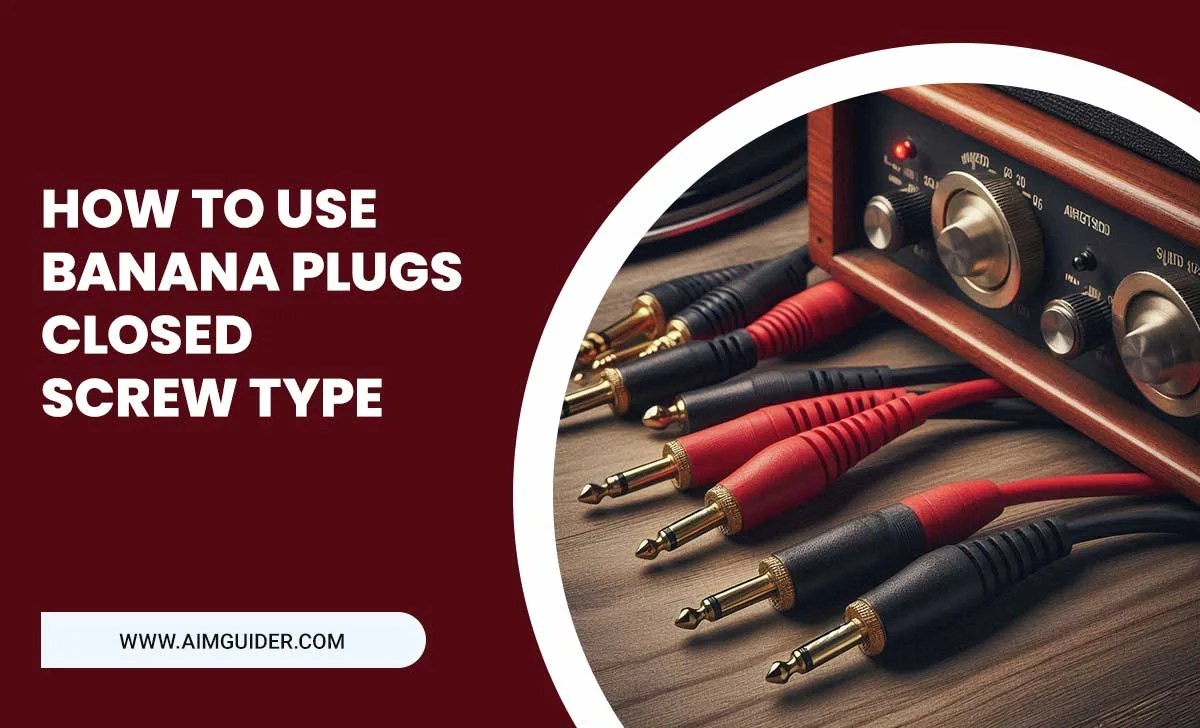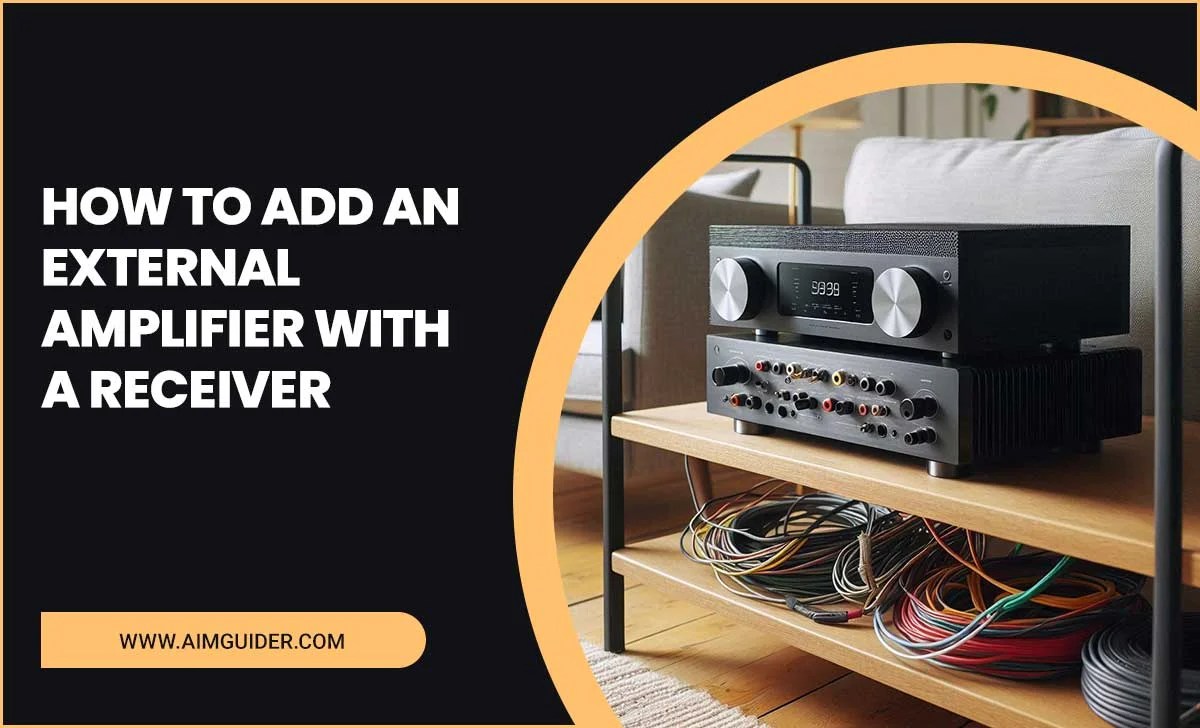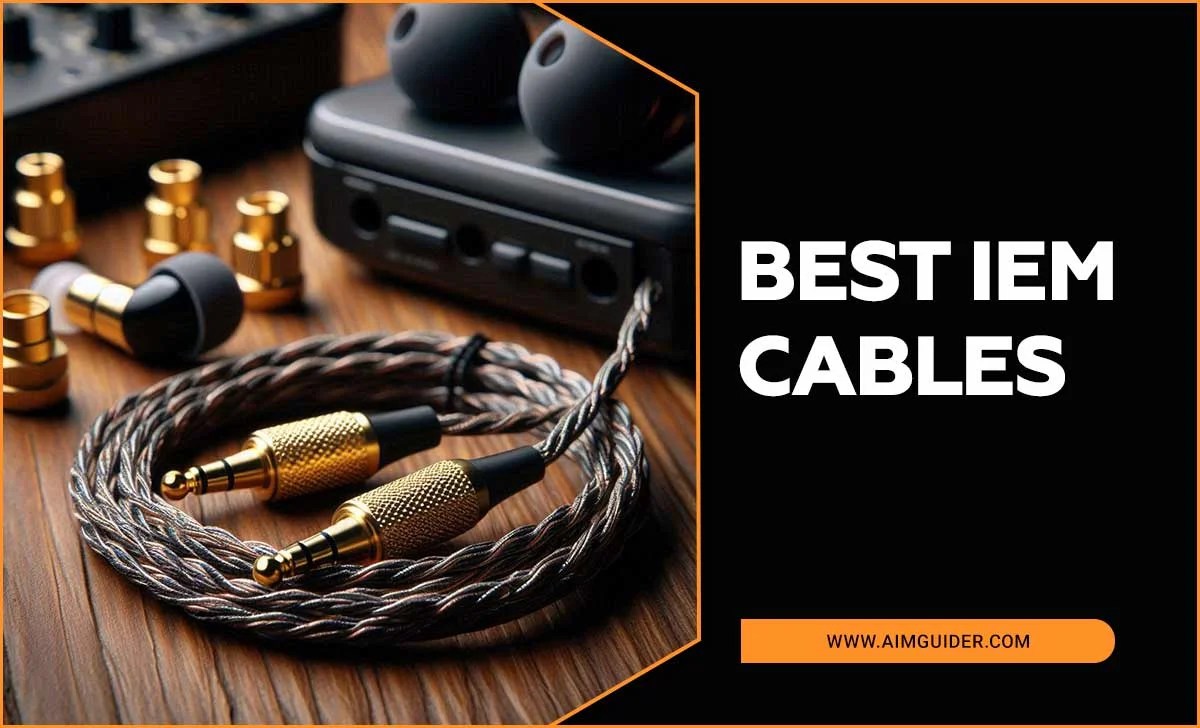Have you ever wondered what those different ports on your TV do? Understanding TV ports can seem tricky, but they are quite simple once you break them down. Imagine you just got a new game console or a fancy soundbar. You want to connect them, but which port do you use?
Many people feel confused about TV accessories and the cables they need. Did you know that each port serves a specific purpose? For example, HDMI ports can carry both video and sound. Sometimes, you might need an adapter to link older devices. This is where knowing your TV ports comes in handy.
In this article, we will explain various TV ports and the accessories that go with them. By the end, you will feel confident connecting all your devices. Say goodbye to confusion and hello to a better viewing experience!
Tv Ports Explained: Understanding Accessories And Connections

TV Ports Explained: Accessories
Connecting devices to your TV can be tricky, but knowing the right ports makes it easier. Common ports include HDMI, USB, and Ethernet. HDMI is great for high-definition video and sound. USB ports allow you to play media from flash drives. Ever wondered what an Ethernet port does? It connects your TV to the internet! Each port has a unique purpose. Understanding these can enhance your viewing experience and help you choose the right accessories for your setup.Types of TV Ports
HDMI Ports: Functionality and versions. USB Ports: Uses for media playback and power.TV ports connect your television to other devices. Two of the most important types are HDMI and USB ports. HDMI ports carry high-quality video and audio, perfect for watching movies and playing games. They come in different versions, like 1.4 and 2.0, which offer more features. USB ports allow you to play media, charge devices, and connect accessories easily. They’re great for streaming your favorite shows or powering your controller.
What are the uses of HDMI and USB ports?
HDMI ports are for high-definition video and sound. USB ports can play videos, charge devices, or connect to your camera.
Essential Accessories for Different Ports
HDMI Switches and Splitters: Enhancing connectivity options. USB Hubs: Expanding device compatibility.Having the right accessories can make using TV ports much smoother and more enjoyable. HDMI switches are a fantastic tool. They let you connect multiple devices, so you don’t have to crawl behind your TV all the time. Want to show off your gaming skills? Just switch inputs like a pro! Then there are USB hubs. They help you connect all your gadgets. Your console, your streaming stick, and maybe your cat’s toy—they all deserve their moment on screen!
| Accessory | Function |
|---|---|
| HDMI Switches | Connect multiple HDMI devices |
| HDMI Splitters | Send one HDMI source to multiple screens |
| USB Hubs | Expand device connections |
Audio and Visual Connections
Optical Audio Outputs: Best practices for sound systems. Component and Composite Video: When to use each type.Connecting your sound system can feel confusing, but here are some tips! Optical audio outputs are great for clear sound. They use light to send audio signals. Think of it as a superhero for your sound! To get the best experience, pair them with a good sound system.
Now, let’s chat about video connections. Component and composite video are not twins; they have different purposes. Use component video for better quality. It’s like the difference between a high-definition picture and a blurry one. Composite is fine for basic setups. Just remember, you want your shows looking sharp!
| Connection Type | Best Use |
|---|---|
| Optical Audio | Sound systems for high quality |
| Component Video | Better picture quality |
| Composite Video | Basic setups |
Remember, every cable has its superpower!
Wireless Connectivity Options
WiFi and Bluetooth: Streaming without cables. Smart TV capabilities: Integrating apps and devices.Imagine watching your favorite movie without tripping over cables. Thanks to WiFi and Bluetooth, it’s a reality! With these technologies, you can stream videos wirelessly. No more tangled wires! Smart TVs can do even more. They let you connect apps and devices with ease. Want to watch Netflix or play games? Just click, and you’re in! It’s like having a magic remote!
| Feature | Benefits |
|---|---|
| WiFi | Stream shows anytime! |
| Bluetooth | Connect speakers without wires! |
| Smart TV | All your favorite apps in one place! |
Choosing the Right Cables
Understanding cable types: Differences between HDMI, optical, and audio cables. Length and quality considerations: Ensuring optimal performance.Choosing the right cables can make a big difference. There are different types of cables for various uses. Here are some key ones:
- HDMI: This cable connects video and audio devices. It’s great for clear images and sound.
- Optical: This cable sends sound signals using light. It’s perfect for surround sound systems.
- Audio Cables: These cables are used for sound only, like connecting speakers.
When selecting cables, consider their length and quality. Longer cables can lose signal strength. High-quality cables improve performance. Always choose the best for your devices!
What should I consider when buying cables?
Think about the type, length, and quality needed for the best experience.
Common Issues and Troubleshooting
Identifying connection problems: Signals and sound issues. Solutions for compatibility errors: Adapters and converters.Many people face issues with their TV connections. Sometimes, the picture is fuzzy or the sound doesn’t work. You might notice weird signals when connecting devices. This can happen if cables aren’t plugged in properly or if they’re damaged.
To fix these problems, you can use adapters and converters. These helpful gadgets let you connect devices that don’t match. Check if your connections are secure. A simple check can save you from hassle!
What to do if there’s no sound on my TV?
If you hear no sound, first check the volume. It might be muted. Then, make sure the right input is selected. Finally, check all cable connections. If the issue remains, try using different cables or an audio adapter.
Future-Proofing Your TV Setup
Upcoming port technologies: What to expect in new TVs. Preparing for new accessories: Trends to watch in home entertainment.Television technology is zooming ahead like a rocket! New ports like HDMI 2.1 can handle super high-quality sound and video. Expect your next TV to support features like faster refresh rates and 8K resolution. Home entertainment trends are also changing, with cool accessories coming out. Think about wireless soundbars and gaming consoles that connect easily. Stay ahead of the game, so when your TV arrives, it’s already ready for an epic movie night!
| Upcoming Technology | Features |
|---|---|
| HDMI 2.1 | Supports 8K and high refresh rates |
| Wireless Sound Systems | No messy wires! |
| Smart Home Integration | Control everything with your voice! |
Conclusion
In conclusion, understanding TV ports helps you choose the right accessories for your setup. HDMI ports connect most devices easily. USB ports add convenience for media playback. Use these ports wisely to enhance your viewing experience. Now that you know the basics, explore more about your TV options or check your device manuals for detailed info!FAQs
What Are The Different Types Of Tv Ports Available, And What Devices Are Commonly Connected To Each?TVs have different types of ports to connect devices. 1. **HDMI (High-Definition Multimedia Interface)** is the most common. You can connect game consoles, DVD players, or streaming boxes. 2. **USB (Universal Serial Bus)** ports let you connect flash drives or cameras. 3. **VGA (Video Graphics Array)** is older and connects computers. 4. **Audio ports** connect speakers or headphones for sound. Each port helps you enjoy movies, games, and music!
How Do Hdmi, Usb, And Optical Audio Ports Differ In Terms Of Functionality And Use With Tv Accessories?HDMI stands for High-Definition Multimedia Interface. We use it to connect our TV to devices like game consoles and Blu-ray players. USB, or Universal Serial Bus, helps you plug in things like flash drives or controllers. Optical audio ports send sound to speakers and create better sound quality. Each port has a special job to help us enjoy our TV better.
Are There Any Essential Accessories For Enhancing The Capabilities Of My Tv’S Ports, Such As Adapters Or Switchers?Yes, there are some helpful accessories for your TV. You might need an HDMI splitter. This lets you connect more devices at once. A switcher also works to change between different devices easily. These tools make watching different shows or playing games much better!
What Should I Consider When Choosing The Right Cables For Connecting Devices To My Tv Ports?When choosing cables to connect devices to your TV, think about a few things. First, check what ports your TV has. Common ones are HDMI (High-Definition Multimedia Interface) and USB (Universal Serial Bus). Next, consider how long the cable needs to be for your setup. Finally, make sure the cable is good quality so it works well.
How Can I Troubleshoot Common Issues Related To Tv Ports And Connected Accessories?To troubleshoot issues with your TV ports and accessories, first check the cables. Make sure they are plugged in tightly. If you’re using a special device, like a game console, switch them off and on again. You can also try using a different cable or port. If nothing works, restart your TV too!







